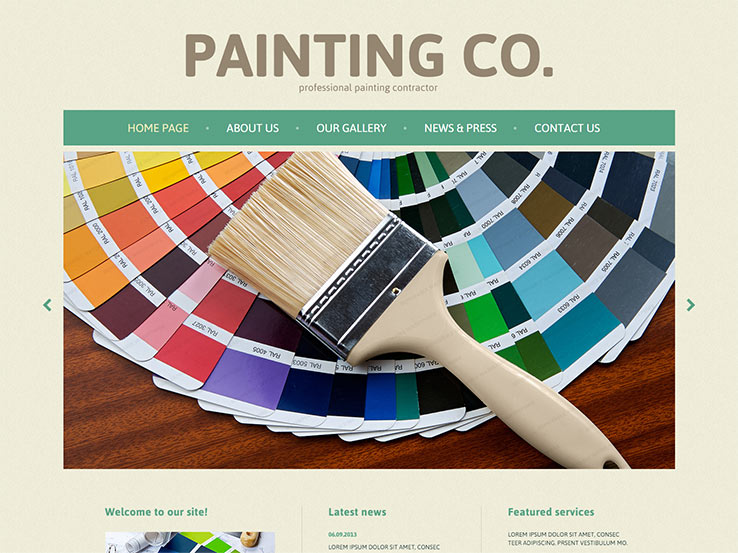Discover Exactly How Seasonal Influences Can Affect The Efficiency Of Commercial External Painting And Learn One Of The Most Favorable Times To Ensure Sturdy Outcomes For Your Project
Discover Exactly How Seasonal Influences Can Affect The Efficiency Of Commercial External Painting And Learn One Of The Most Favorable Times To Ensure Sturdy Outcomes For Your Project
Blog Article
how many companies make paint Produced By-Aguilar Browne
When you're intending an industrial external painting job, seasonal elements can make or break your outcomes. You'll wish to take into consideration exactly how temperature and moisture impact paint application and drying out times. Choosing apartment painting services can guarantee your paint sticks effectively and lasts much longer. But which seasons are absolutely the most effective for this kind of job? Allow's explore the crucial elements that can affect your job's success.
The Impact of Temperature on Paint Application
When you're planning a commercial external painting task, the temperature level can substantially affect how well the paint adheres and dries.
Ideally, you intend to repaint when temperatures vary between 50 ° F and 85 ° F. If painting for houses 's too cold, the paint may not heal correctly, leading to concerns like peeling or splitting.
On the other hand, if it's also hot, the paint can dry out too swiftly, stopping proper attachment and causing an irregular surface.
You should likewise think about the time of day; morning or late afternoon provides cooler temperature levels, which can be more positive.
Constantly examine the manufacturer's recommendations for the particular paint you're using, as they frequently offer support on the ideal temperature variety for optimum results.
Moisture and Its Impact on Drying Times
Temperature isn't the only ecological factor that influences your business outside painting project; humidity plays a significant role also. High humidity degrees can decrease drying out times substantially, affecting the general quality of your paint task.
When the air is saturated with moisture, the paint takes longer to heal, which can cause concerns like bad bond and a higher danger of mildew development. If you're painting on a particularly damp day, be gotten ready for extensive wait times between coats.
It's crucial to monitor local weather conditions and plan accordingly. Preferably, aim for humidity degrees in between 40% and 70% for optimum drying.
Keeping these consider mind guarantees your project stays on track and delivers a lasting coating.
Best Seasons for Commercial Exterior Paint Projects
What's the best season for your industrial external painting tasks?
Springtime and very early autumn are generally your best choices. During these periods, temperature levels are moderate, and humidity degrees are usually lower, developing optimal conditions for paint application and drying.
Avoid summer's intense heat, which can cause paint to completely dry as well quickly, causing poor bond and finish. In a similar way, winter's chilly temperatures can impede appropriate drying out and treating, taking the chance of the longevity of your paint work.
Go for days with temperatures in between 50 ° F and 85 ° F for optimal results. Bear in mind to examine the local weather forecast for rain, as wet problems can destroy your project.
Planning around these factors ensures your painting job runs efficiently and lasts much longer.
Verdict
To conclude, intending your business exterior paint projects around seasonal considerations can make a substantial distinction in the end result. By organizing work throughout the excellent temperatures and humidity levels, you'll make sure much better bond and drying times. Bear in mind to keep an eye on regional weather forecasts and pick the right time of year-- springtime and very early loss are your best choices. Taking these actions will certainly assist you accomplish a resilient and expert coating that lasts.
